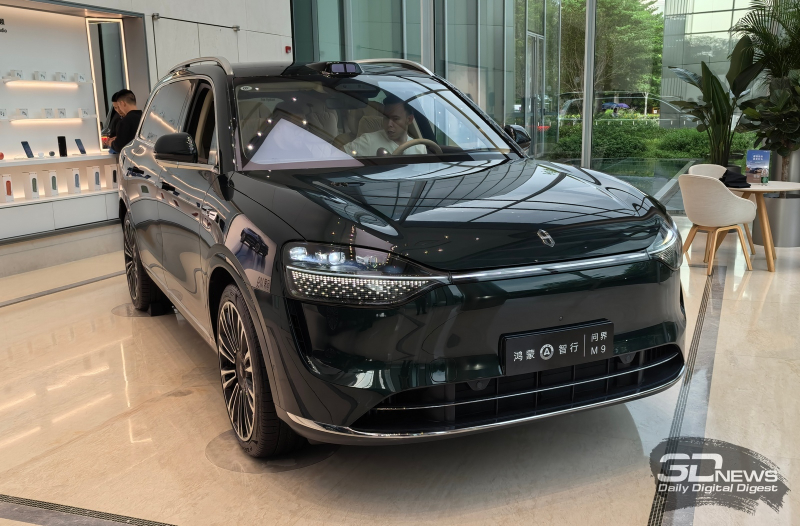For the Chinese company Huawei Technologies, which came under strict US sanctions, cooperation with local automakers has become one of the ways to maintain sources of income after the forced weakening of its position in the global smartphone market. The past half-year for Huawei’s automotive business was very successful – core revenue for the period exceeded revenue for the previous two years.

This was reported by the resource 36kr with reference to its own sources, adding that by the beginning of June, over the past period since the beginning of this year, Huawei was able to earn $1.38 billion in the automotive segment. If we focus on Huawei’s annual reports for previous periods, then in 2023 the automotive the business provided revenue of $648 million, and in 2022 it was even less – $289 million in terms of current exchange rates. In other words, in the first six months of this year, Huawei earned more in the automotive sector than in the previous two years combined.
Huawei’s automotive division was founded in May 2019, just as the first wave of US sanctions was escalating. Initially, it was promoting the HarmonyOS operating system in the automotive electronics segment and planned to collaborate with a wide range of automakers in the creation of multimedia systems for their vehicles. Subsequently, business integration with automakers deepened, and the company even began selling Aito (Seres) branded cars in Huawei branded showrooms in China. Cooperation with Changan resulted in the development of electric vehicles under the Avatr brand.
It must be said that for now, the sale of cars under the Aito (Seres) brand is crucial for Huawei’s automotive business. In the first half of the year, about 190,000 such vehicles were delivered to the market, while all other vehicle models in which Huawei took part in the development accounted for only 4,200 vehicles sold. Only in the first quarter of this year, Huawei’s automotive business ceased to be unprofitable. In fact, given the price wars in the Chinese electric vehicle market and stagnant demand, there is no guarantee that this business will remain profitable in the foreseeable future.